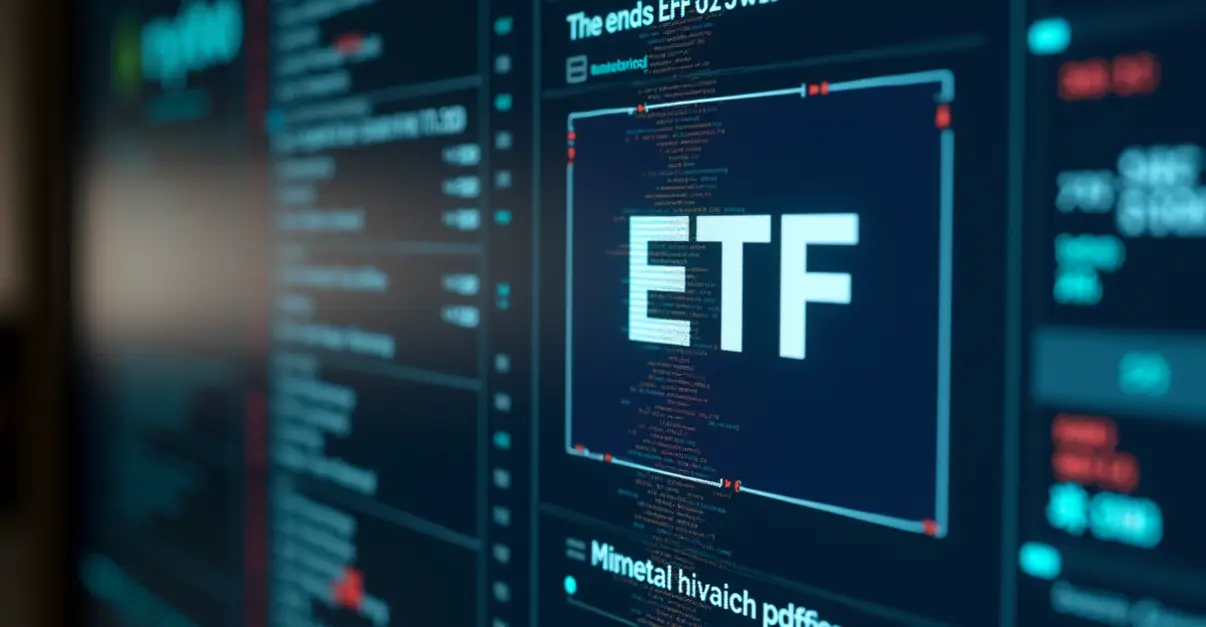SEC Chairman Paul Atkins unveils Project Crypto, a new token classification framework that categorizes digital assets into four types and recognizes that token status can evolve over time as networks decentralize.

SEC Chairman Announces Groundbreaking Token Taxonomy
In a landmark speech at the Federal Reserve Bank of Philadelphia's Fintech Conference, SEC Chairman Paul S. Atkins unveiled Project Crypto, a comprehensive framework that could reshape how U.S. regulators treat digital assets. The announcement represents the most detailed attempt yet to provide regulatory clarity for the rapidly evolving cryptocurrency market.
'In the coming months, I expect the Commission will consider establishing a token taxonomy anchored in the traditional Howey analysis for investment contracts, with recognition that our laws and rules have their limits,' Atkins stated during his November 12, 2025 address.
Four Categories to Bring Regulatory Clarity
The proposed framework establishes four distinct categories for digital assets: digital commodities or network tokens, digital collectibles, digital tools, and tokenized securities. This classification system aims to resolve years of uncertainty surrounding which tokens qualify as securities under U.S. law.
According to Atkins, digital commodities, collectibles, and tools would not be considered securities because purchasers don't expect profits from the essential managerial efforts of others - a key requirement of the Howey test. Only tokenized securities representing traditional financial instruments would remain subject to securities regulations.
'This framework is the result of months of roundtable discussions, over one hundred meetings with market participants, and hundreds of written submissions from the public,' Atkins emphasized, highlighting the extensive consultation process behind the initiative.
Dynamic Token Status Recognition
One of the most significant aspects of the new framework is its recognition that token status can evolve over time. Atkins clarified that a token initially classified as a security during fundraising may shed that status as the network becomes more decentralized and less dependent on central management.
'Once the investment contract has essentially run its course, the token may continue to trade, but those transactions are no longer 'securities transactions' simply because of the token's origin,' he explained, addressing a key point of contention in previous SEC enforcement actions.
This approach represents a departure from the SEC's previous stance that tokens could remain securities indefinitely if they were ever part of an investment contract.
Impact on Crypto Market and Innovation
The announcement has been welcomed by industry participants who have long sought clearer regulatory guidance. 'This is exactly what the market needs - clear rules that distinguish between different types of digital assets rather than treating everything as potentially a security,' said crypto industry analyst Mark Johnson.
The framework also acknowledges the need to prevent innovation from moving offshore due to regulatory uncertainty. Atkins warned that without clear guidelines, the U.S. risks losing its competitive edge in the global digital economy.
Meanwhile, in Europe, platforms like BLOX have already obtained their MiCAR licenses from national regulators, demonstrating how different jurisdictions are approaching crypto regulation. The Dutch Authority for the Financial Markets (AFM) has been actively processing applications under the new European regulatory framework.
Next Steps and Congressional Coordination
The SEC plans to continue working with Congress on comprehensive crypto market structure legislation while implementing the new taxonomy. Atkins emphasized that economic reality trumps labels - calling something a 'token' doesn't exempt it from securities laws if it represents a claim on enterprise profits.
The framework represents a significant step toward balancing regulatory flexibility with strong investor protection, potentially setting the stage for more predictable crypto regulation in the United States.

 Nederlands
Nederlands
 English
English









